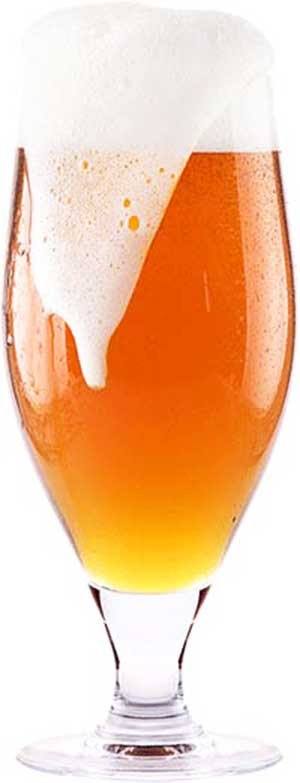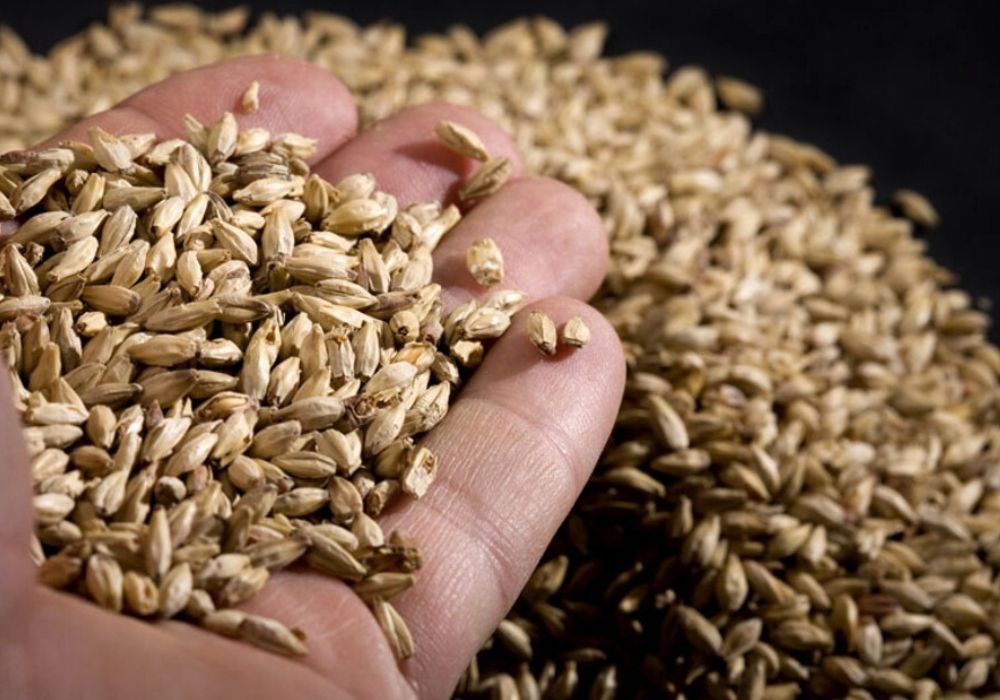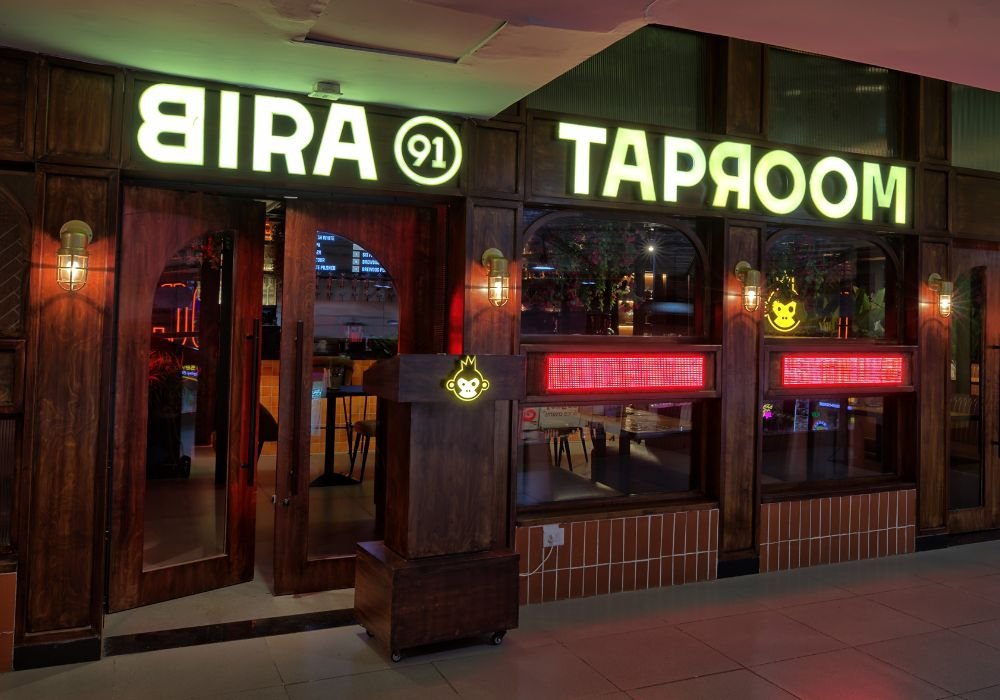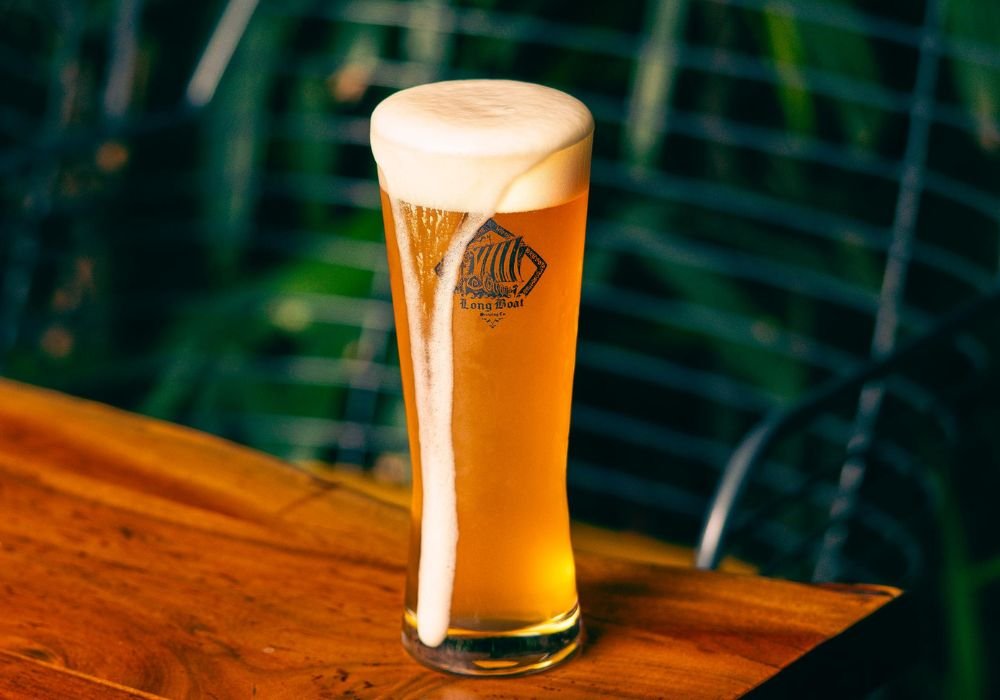The Role of Yeast in Saisons

[vc_row][vc_column][vc_column_text]Although historically seasonal, nowadays, Saison (French word for season) beers are available all year round if you’re looking for an intense sparkling, refreshing and exceptional aromatic beers, with moderate bitterness, alcohol strength and a typical dryness.
 Originally produced back in the 17th century in Belgium (in the French-speaking part Wallonia), Saison beers were designed for consumption by field workers during the active farming and harvest period. True craft beers, with local farm-produced ingredients left-over from the previous crop and long maturation time, these farmhouse ales had low alcohol levels, aiming to refresh the field workers without inebriating them.
Originally produced back in the 17th century in Belgium (in the French-speaking part Wallonia), Saison beers were designed for consumption by field workers during the active farming and harvest period. True craft beers, with local farm-produced ingredients left-over from the previous crop and long maturation time, these farmhouse ales had low alcohol levels, aiming to refresh the field workers without inebriating them.
This style began to diversify into higher-strength versions and other variations after WWII and today, we can break this family down into 2 categories: ‘traditional’ and ‘contemporary’ Saison beers.
If you are a Belgian ale fan, you will thoroughly enjoy the ‘Saison field’ and its impressive diversity, with a huge amount of variations available on today’s shelves.
As a Belgian beer lover, you are most likely also a ‘yeast lover’ and that’s another reason you’ll enjoy Saison style beers, since the yeast is a key factor in the sensory expression of this very special beer style. It will deliver intense fruitiness, spiciness, and especially for Saison-style, its very dry finish. Generally speaking, it is a yeast variety in particular, nl. Saccharomyces cerevisiae var diastaticus, which plays a major role in flavour development.
Indeed, although Saison beers are rich in spiciness, they are typically not spiced (no spices added). It is mainly the yeast – and occasionally, certain hop varieties – that will provide this attribute to the final beer.
 However, in modern types today you may find spiced Saison beers produced with the addition of herbs, flowers and other condiments. Base malts are typical, but the grist frequently contains other grains such as wheat, oats, rye – and traditionally spelt – that also provide spicy flavors and its precursors for the yeast.
However, in modern types today you may find spiced Saison beers produced with the addition of herbs, flowers and other condiments. Base malts are typical, but the grist frequently contains other grains such as wheat, oats, rye – and traditionally spelt – that also provide spicy flavors and its precursors for the yeast.
Adjuncts such as sugar and honey can also help to boost dryness. Today it is easy to find heavily and dry-hopped versions, in which you combine the power of the yeast with an extra charge of flavour and modern hops – though traditionally, continental European hops were the favorites. Even darker versions using darker and caramel malts – but not roasted types – can be found. To add even more diversity, modern Saison beers are sometimes even produced by mixed fermentations.
Historically, ‘pure fermentations’ were naturally scarce and today, brewers are coming back to these former times by intentionally adding ‘wild yeasts’ (such as Brettanomyces) at the main fermentation and/or secondary fermentation steps.
Although it is not typical for this style (as it would then rather be considered as a ‘wild ale’ or could fall into mixed fermented beer categories), those micro-organisms will certainly add other layers of complexity within the spiciness, fruitiness and funky character in this category.
Finally, the rule is: if you want to be creative and play with the incredible world of beer yeast and flavourful ingredients, Saison-style may be the one you can distill the best of your imagination into![/vc_column_text][/vc_column][/vc_row][vc_row][vc_column][vc_column_text]Article contributed by:
 Gabriela G. MONTANDON
Gabriela G. MONTANDON
Member of Fermentis Research and Development team in Lesaffre (Lille – France, 2017) with broad experience in the field of beer flavors and fermentation.
She is responsible for the sensory program research at Fermentis and actively engages in projects related to sensory characterization, leads sensory panels, from the training to the development of sensorial profiling of beers and other alcoholic beverages. She is Ph.D. in Microbiology (Federal University of Minas Gerais – Brazil and KU Leuven, Campus Gent – Belgium, 2016), and has developed the first study of selection and industrial application of wild Saccharomyces cerevisiae strains from South America to specialty beer production. It is an international certified beer taster (BJCP 2010), participating actively as a jury member and advisor in the largest beer competitions in the world. Co-founder of Grimor brewery (Brazil, 2010) with noted experience in product development.[/vc_column_text][/vc_column][/vc_row]



